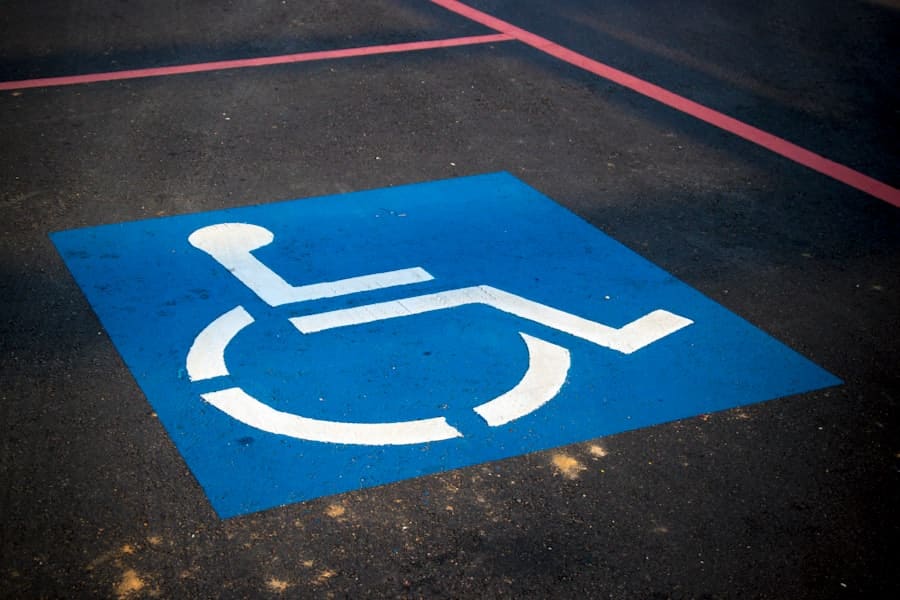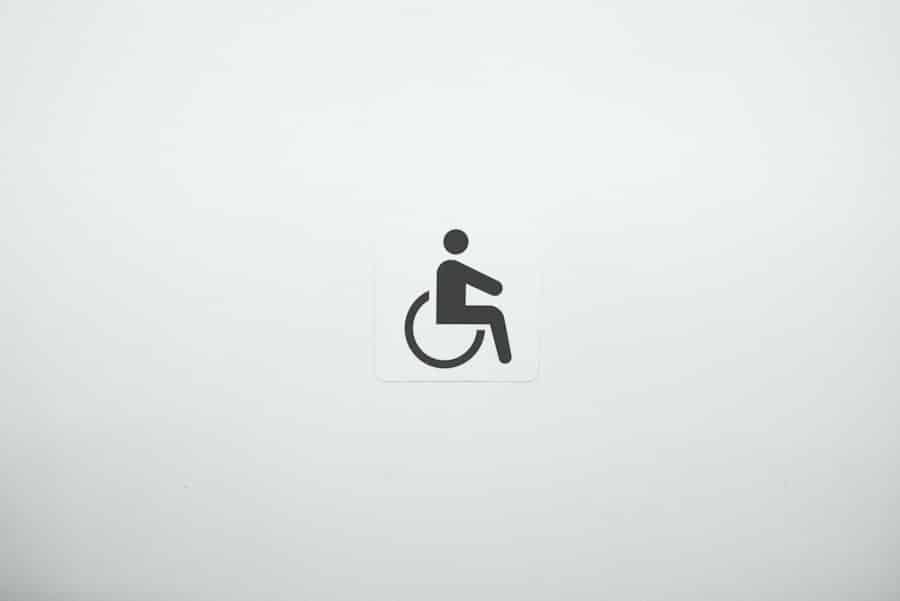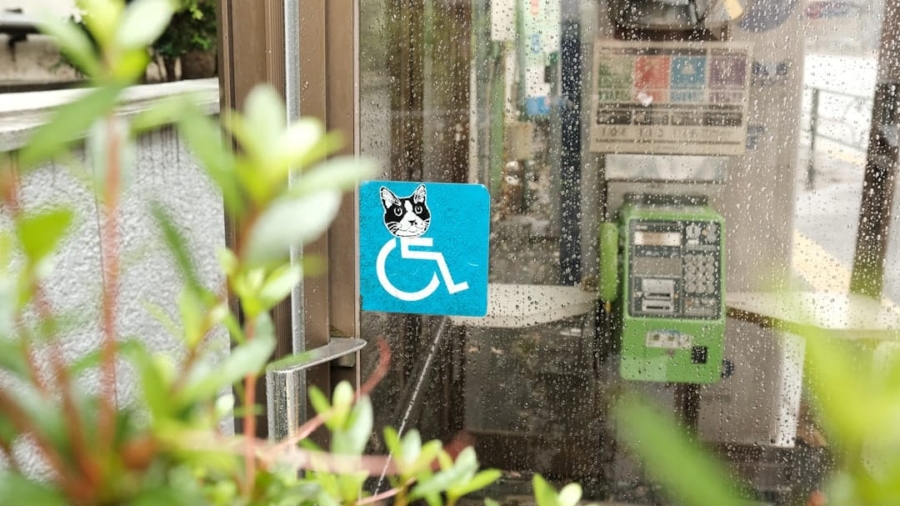Accessibility standards in educational technology (EdTech) are crucial for ensuring that all learners, regardless of their abilities or disabilities, can engage with educational content effectively. These standards serve as a framework that guides the design and development of digital tools, ensuring they are usable by individuals with a wide range of needs. The Web Content Accessibility Guidelines (WCAG), for instance, provide specific criteria that help developers create content that is perceivable, operable, understandable, and robust.
By adhering to these guidelines, EdTech solutions can significantly enhance the learning experience for students with disabilities, allowing them to access information and participate in educational activities on an equal footing with their peers. Moreover, the importance of accessibility standards extends beyond compliance; it fosters an inclusive educational environment that benefits all students. When technology is designed with accessibility in mind, it often leads to innovations that enhance usability for everyone.
For example, features such as text-to-speech and adjustable font sizes not only assist students with visual impairments but also support learners who may struggle with reading or have different learning preferences. Thus, accessibility standards are not merely a regulatory requirement; they are a catalyst for creating more effective and engaging educational experiences.
Key Takeaways
- Accessibility standards in EdTech solutions are crucial for ensuring equal access to education for all students, including those with disabilities.
- EdTech providers have legal and ethical obligations to ensure that their technology is accessible to students with disabilities, in compliance with laws such as the Americans with Disabilities Act (ADA).
- Inaccessible technology can have a significant negative impact on students with disabilities, hindering their ability to fully participate in educational activities and limiting their learning opportunities.
- Universal design plays a key role in creating inclusive EdTech solutions that are accessible to all learners, regardless of their abilities or disabilities.
- Collaborating with stakeholders, including educators, students, and disability advocates, is essential for implementing accessibility standards and addressing barriers to learning and participation in EdTech. Prioritizing accessibility in the future of EdTech is crucial for ensuring that all learners have equal opportunities to succeed.
Ensuring Equal Access to Education for All Students
Equal access to education is a fundamental right enshrined in various international treaties and national laws. However, achieving this ideal remains a challenge, particularly in the context of rapidly evolving EdTech solutions. The digital divide can exacerbate existing inequalities, making it imperative for educational institutions and technology providers to prioritize accessibility.
By implementing robust accessibility standards, EdTech solutions can ensure that all students, including those with disabilities, have the opportunity to learn and thrive in an increasingly digital world. For instance, consider a scenario where an online learning platform fails to provide captions for video content. Students who are deaf or hard of hearing would be unable to access critical information presented in these videos, putting them at a disadvantage compared to their hearing peers.
Conversely, if the platform incorporates accessibility features such as captions and transcripts, it not only benefits students with hearing impairments but also aids those who may prefer to learn through reading or who are non-native speakers of the language used in the videos. This illustrates how thoughtful design can create an equitable learning environment where all students can engage meaningfully with educational content.
The Legal and Ethical Obligations of EdTech Providers

EdTech providers have both legal and ethical obligations to ensure their products are accessible to all users. Legally, many countries have enacted laws that mandate accessibility in education, such as the Americans with Disabilities Act (ADA) in the United States and the Equality Act in the United Kingdom. These laws require educational institutions and their technology partners to provide accessible learning environments.
Failure to comply can result in legal repercussions, including lawsuits and financial penalties. Therefore, it is not only a matter of ethical responsibility but also a legal imperative for EdTech companies to prioritize accessibility in their offerings. Ethically, the commitment to accessibility reflects a broader societal obligation to promote inclusivity and equity in education.
EdTech providers must recognize that their products play a significant role in shaping educational experiences and outcomes for diverse learners. By actively working to eliminate barriers and enhance accessibility, these companies contribute to a more just society where every individual has the opportunity to succeed academically. This ethical stance not only builds trust with users but also enhances the reputation of the company as a leader in social responsibility.
The Impact of Inaccessible Technology on Students with Disabilities
The consequences of inaccessible technology can be profound and far-reaching for students with disabilities. When educational tools fail to accommodate diverse needs, they can hinder academic performance and limit opportunities for engagement and participation. For example, a student with dyslexia may struggle to navigate a poorly designed learning management system that lacks features like text-to-speech or customizable text formats.
This struggle can lead to frustration, decreased motivation, and ultimately lower academic achievement. Furthermore, the impact of inaccessible technology extends beyond individual academic challenges; it can also affect social interactions and emotional well-being. Students who feel excluded from digital learning environments may experience feelings of isolation or inadequacy compared to their peers.
This emotional toll can have lasting effects on their self-esteem and overall educational experience. Therefore, it is essential for EdTech providers to recognize the critical role they play in shaping not only academic outcomes but also the social and emotional development of students with disabilities.
The Role of Universal Design in Creating Inclusive EdTech Solutions
Universal Design (UD) is an approach that seeks to create products and environments that are inherently accessible to all users, regardless of their abilities or disabilities. In the context of EdTech, applying Universal Design principles can lead to more inclusive solutions that cater to a diverse range of learners. This approach emphasizes flexibility and adaptability in design, allowing users to customize their learning experiences according to their individual needs.
For instance, an online course platform that incorporates Universal Design principles might offer multiple means of engagement, such as interactive quizzes, video lectures with captions, and discussion forums that accommodate various communication styles. By providing multiple ways for students to access content and demonstrate understanding, such platforms can foster a more inclusive learning environment where every student has the opportunity to succeed. Additionally, Universal Design encourages collaboration among educators, designers, and learners themselves, ensuring that diverse perspectives are considered throughout the development process.
Addressing Barriers to Learning and Participation

Barriers to learning and participation can take many forms, from physical obstacles in accessing technology to cognitive challenges posed by poorly designed interfaces. Identifying and addressing these barriers is essential for creating an inclusive educational landscape. For example, a student with mobility impairments may find it difficult to use a touchscreen device if it is not designed with accessibility features such as voice commands or adaptive switches.
Similarly, students with cognitive disabilities may struggle with complex navigation systems that do not provide clear instructions or feedback. To effectively address these barriers, EdTech providers must engage in user-centered design practices that involve direct input from individuals with disabilities during the development process. This collaboration can help identify specific challenges faced by users and inform the creation of solutions that genuinely meet their needs.
Additionally, ongoing testing and feedback loops are vital for ensuring that products remain accessible as technology evolves. By prioritizing user experience and actively seeking input from diverse learners, EdTech companies can create tools that facilitate learning for everyone.
Collaborating with Stakeholders to Implement Accessibility Standards
Collaboration among various stakeholders is essential for successfully implementing accessibility standards in EdTech solutions. This includes partnerships between educational institutions, technology developers, advocacy groups, and policymakers. By working together, these stakeholders can share knowledge, resources, and best practices that promote accessibility across the educational landscape.
For instance, educational institutions can play a pivotal role by establishing clear accessibility guidelines for the EdTech tools they adopt. By collaborating with technology providers during the procurement process, schools can ensure that they select products that meet established accessibility standards. Additionally, advocacy organizations can provide valuable insights into the needs of students with disabilities and help raise awareness about the importance of accessibility in education.
Through collective efforts, stakeholders can create a more cohesive approach to accessibility that benefits all learners.
The Future of EdTech: Prioritizing Accessibility for All Learners
As technology continues to advance at a rapid pace, the future of EdTech must prioritize accessibility as a core component of product development. This shift requires a cultural change within organizations where accessibility is viewed not as an afterthought but as an integral part of the design process from the outset. Companies that embrace this mindset will not only comply with legal requirements but also position themselves as leaders in innovation and inclusivity.
Looking ahead, emerging technologies such as artificial intelligence (AI) and virtual reality (VR) hold great potential for enhancing accessibility in education. For example, AI-driven tools can provide personalized learning experiences tailored to individual needs while VR can create immersive environments that accommodate diverse learning styles. However, it is crucial that these technologies are developed with accessibility in mind from their inception.
By prioritizing accessibility in future EdTech innovations, we can create a more equitable educational landscape where all learners have the opportunity to thrive regardless of their abilities or backgrounds.
In the rapidly evolving landscape of educational technology, ensuring that EdTech solutions adhere to accessibility standards is crucial for fostering an inclusive learning environment. A related article that delves into the importance of technology in enhancing user experience is The Best Smartwatch Apps of 2023. This article highlights how innovative applications can cater to diverse user needs, emphasizing the role of technology in bridging accessibility gaps. By drawing parallels between the adaptability of smartwatch apps and the necessity for accessible EdTech solutions, we can better understand the broader implications of technology in education and beyond.
FAQs
What are EdTech solutions?
EdTech solutions refer to educational technology tools and platforms that are designed to enhance teaching and learning experiences through the use of digital technology.
What are accessibility standards?
Accessibility standards are guidelines and requirements that ensure digital content and technology are usable and accessible to individuals with disabilities. This includes considerations for visual, auditory, motor, and cognitive impairments.
Why is it important for EdTech solutions to prioritize accessibility standards?
Prioritizing accessibility standards in EdTech solutions ensures that all students, including those with disabilities, have equal access to educational resources and opportunities. It promotes inclusivity and supports diverse learning needs.
What are some common accessibility barriers in EdTech solutions?
Common accessibility barriers in EdTech solutions include lack of alternative text for images, non-compliance with screen reader compatibility, inaccessible navigation features, and insufficient support for keyboard navigation.
How can EdTech solutions prioritize accessibility standards?
EdTech solutions can prioritize accessibility standards by following guidelines such as the Web Content Accessibility Guidelines (WCAG), conducting regular accessibility audits and testing, providing alternative formats for content, and incorporating user feedback from individuals with disabilities.

